Communities


Rural Women Supporting Herat’s Local Products and Foods
Afghanistan, ra_nazarian@yahoo.com
Slow Food Rural Women’s Community Supporting Herat’s Local Products & Foods
Slow Food Rural Women’s Community officially commenced its activities in 2024 in Herat, Afghanistan. However, its members have been actively engaged in food processing and saffron production for several years. Each year, a portion of the saffron processed by the women of this community is exported abroad, while other food-processed products are sold in local markets.
The community comprises professors specializing in agroecology, agribusiness managers, women agricultural graduate students, and rural women. Given the current political situation in Afghanistan and the restrictions on women’s participation in various fields, this community strives to create employment opportunities for rural women, thereby enhancing their economic status.
Aligned with its Slow Food movement objectives, the community collaborates with other women’s groups in Herat, fostering a network to exchange knowledge and experiences, further strengthening their collective impact.
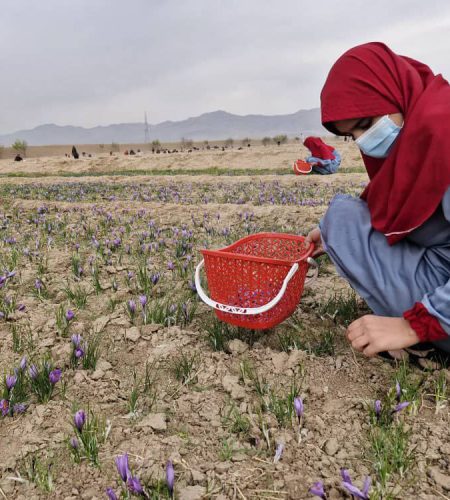
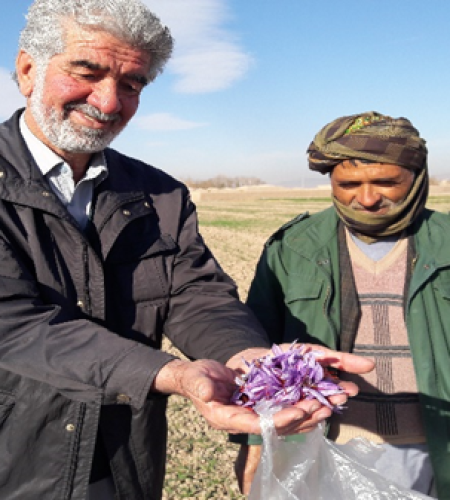
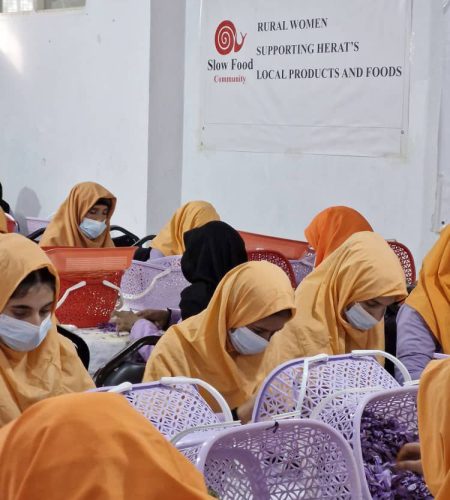
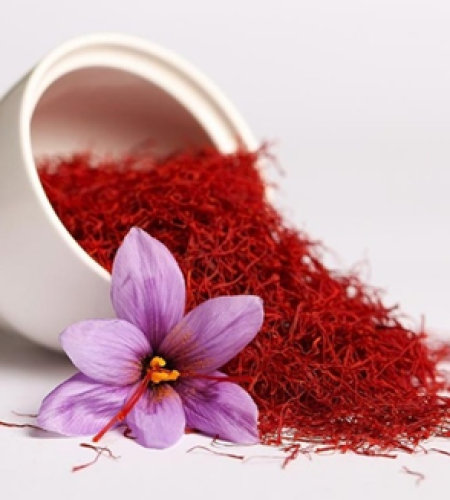
Community goals
• To extend the Slow Food philosophy (good, clean and fair)
• To support and protect the biodiversity and native products and food.
• Assisting the rural women’s in restoring their right on food sovereignty.
• Reviving authentic food culture as a means to achieve peace and manage crises.
Community activities
• Providing capacity building training for rural women.
• Mapping and publishing the endangered products through the Ark of Taste catalog.
• Effort to support the extension of local restaurants to serve traditional food.
• Advocate for the rights of rural women.

Bano Organic Saffron Growers in Pashtun Zargoon
Afghanistan, latifakarimi2024@gmail.com
Community goals
• Increase the knowledge and capacity of community members regarding organic saffron production.
• Promote intercropping systems.
• Preserve local products and culinary heritage.
• Expand the Slow Food network in the region.
• Produce high-quality, good and clean saffron for better market access.
Community activities
• Provide capacity-building training for community members.
• Identify and introduce native plants for intercropping cultivation within the community.
• Organize field days and support Slow Food events.
• Nominate local products for the Ark of Taste.
• Collaborate with other saffron growers to integrate them into the Slow Food movement.

Fooshang-e-Bastan Fig supporters
Afghanistan, mohammadnasersadeqi245@gmail.com
Community goals
-To preserve the native fig and biodiversity in our region.
– To extend the importance of biodiversity and agroecology.
– To Extend the Slow Food philosophy (good, clean and fair)
– To advocate the right of producers and consumers
Community activities
• Conducting capacity building and technical training for community members.
• Celebrating local fig days and Herat local product days.
• Implementing of the slow food goal (good, clean and fair) among the local community through holding of event such us food and products exhibition
• Linkage of producers to consumer through establishing of the local earth market.

Herat Abjosh Raisins community and Presidia
Herat – Afghanistan
abdullahfaiz2010@gmail.com
Community goals
1- To revitalize and promote the Herat Abjosh Raisin Presidium
2- To support and protect the traditional method of Abjoush raisin production.
3- To promote the Abjoush raisin production based on good , clean, and fair for all.
4- To preserve the local and regional biodiversity.
5- To advocate the local producers right.
6- To promote Abjoush raisin marketing with the cooperation of processors and traders.
7- Efforts for preserving the local traditions of grape .
8- Improving the knowledge and capacity of Herat raisin producers.
9- Extend the Slow Food philosophy in the country.
Community activities
• Revise the production protocol with the producers
• Help farmers, sellers and traders improve production Introduce the Presidium to the world through Slow Food (Terra Mader Day) and other programs.
• Increase the awareness of the other local producers.
• providing capacity building training with the cooperation of the agriculture faculty of Herat University.
• Assessing the production high quality products
• Accompanying all producers to restore their rights.
• Holding and participating in national and international events related to biodiversity.
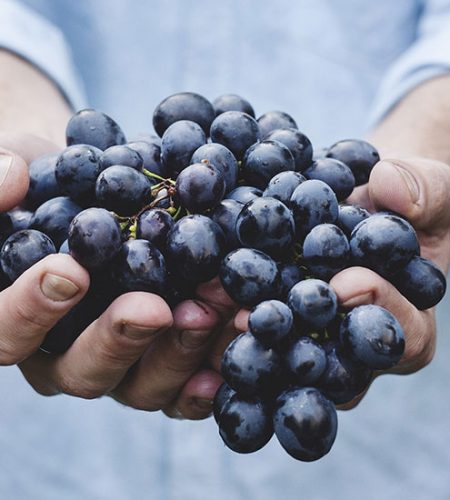
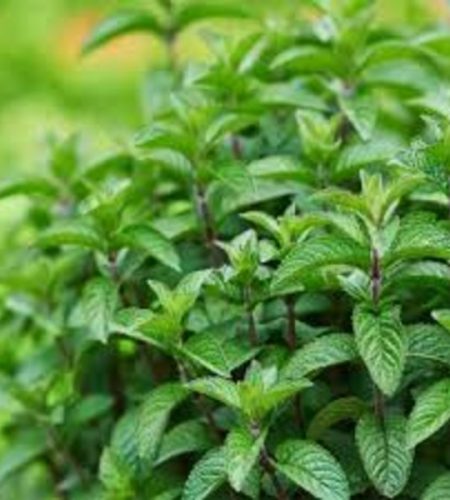
Presidium introduction
Herat Abjosh Raisins
Herat is the third largest province in Afghanistan, located in the western part of the country. It has a valuable architectural heritage and has long been an important center for the arts and sciences, with a rich tradition of music, calligraphy, painting, astronomy and philosophy. The area is well known for the excellent quality of its raisins and for the numerous grape varieties – more than 120 – whose cultivation goes back almost five hundred years according to the Arabic calendar. The history of Herat’s grapes is shrouded in mystery, but it is hypothesized that around 2000 BC they may have been grown by a nomadic people who spread across Central Asia during this era. Before the Soviet-Afghan War started in 1979, Afghanistan had accounted for 60% of Abjosh raisin production worldwide, and was the country’s largest crop. Today there are 44 types of grapes registered, seven of a superior quality. With the help of the University of Herat, the Herat Abjosh Raisins Presidium has analyzed and classified 27 grape varieties according to their shape, color, consistency and use. The Fakhery grape variety, used to produce Abjosh raisins, is unique to Herat and Kandahar. The fresh grapes grow in white or pale pink and can be eaten as table grapes or used to produce Abjosh raisins.
The grape-training system is the same method that has been used for five centuries. It is well suited to the geography and climate of Herat. The grafts or cuttings are planted in trenches 1 meter deep and 60 centimeters wide stretching east to west. The southern edge of the trench gradually disappears and the soil forms a wall pointing toward the south, making a right-angled triangle against which the vine will lean. The vine will continue to grow at this angle. Only natural fertilizers and pesticides – such as sulfur – are occasionally used, and only in small quantities. August and September are very sunny and hot months that bring out a very high sugar percentage in the grapes, up to 18%, just before harvest. The harvest begins in early September and lasts three months.
Before starting the drying phase the berries are dropped into boiling water for a few seconds in order to slightly crack the skin without damaging the inside of the fruit. The process is called “abjosh”, from which the raisin gets its name. This speeds up the time needed for the fruit to dry. The grapes are then placed in the sun for up to six days. Unlike other raisins dried in direct sunlight, this variety remains light in color, turning golden, and remains tender. The raisin is large and elongated, and the seeds are still present inside the dried fruit.
The aim of the Presidium is to identify the best grape varieties, preserve the Ab- josh raisin, and preserve the traditional grape-training system. While there are many grape growers in this area, most have stopped producing unique local vari- eties and grow more common varieties that have a lower quality. Over the course of 30 years of war, Afghanistan has lost its place as the world’s leading producer of high-quality and very distinct raisins.
The Presidium involves 31 producers that are working together to write a produc- tion protocol in order to ensure a consistently high-quality product. The next step will be to improve local and international markets for the raisins by working with the producers. Slow Food works with the University of Herat and the Perennial Horticulture Development Project (PHDP) based in Kabul. The aim of the PHDP is to increase agricultural income from perennial horticultural development.
Production area : Herat provinc
Project partners
University of Herat ( Faculty of Agriculture)
Perennial Horticulture Development Project (PHDP)
University of Florence
Producers : 31 Fakhery grapes and Abjosh raisin growers and the trader
Contact person
Presidium coordinator
Sardar Aqa Popal
tel. +93 790730047
sardarpopal316@gmail.com
www.afghanistanhorticulture.org

Kohrokh Supporting Local Beans Producers
Kohrokh District – Afghanistan,maliki_2008@ymail.com
Community goals
1- Increase knowledge and capacity of community members.
2- Preventing of local beans and local food
3- Celebrating of Slow Food days in Kohrokh district and other place and
4- Introducing protein cycles to our targeted area.
Community activities
1- Gathering community members and conduction technical trainings about the cultivation, harvesting and post-harvest handling of beans according to the Slow Food missions.
2- Developing communication materials and setting up campaigns to increase awareness about Slow Food goals.
3- Providing technical service for community members.
4- Finding targeted markets for the product of community members and doing market linkages.
5- Inviting other producers in order to increase community members or to create more Slow Food community in their area.
6- Celebrating the days of Slow Food & Slow Beans, that aligns with the production of this community.
7- Reporting and sharing pictures with the Slow Food Foundation

Pashtun Zarghon Local Peach Supporters
Afghanistan, jalilahmad.karimi1356@gmail.com
Community goals
Increase knowledge and capacity of community members
Preserving of local peaches and local foods
Celebrating Slow food days in Pashtun Zarghon District and other places.
Facilitating market access for farmers growing Pashtun Zarghon peaches, ensuring fair prices and sustainable economic opportunities for producers.
Community activities
• Gathering community members and Conduction technical trainings about the cultivation, harvesting and post-harvest handling of Peach according to the Slow Food missions.
• Developing communication materials and setting up campaigns to increase awareness about Slow Food goals.
• Providing technical services for community members
• Finding targeted markets for the product of community members and doing market linkages.
• Inviting other producers in order to increase community members or to create more Slow Food Community in their area.
• Celebrating the days of Slow Food, that aligns with the production of this community.
• Reporting and sharing pictures with the Slow Food Organization.
Preservation of the Shah Wali Kot Dried Yellow Fig
Shah Wali Kot – Afghanistan, samadigr@gmail.com
Community goals
The yellow fig from the shah wali kot district of Kandahar province in southern Afghanistan (Ark of Taste product) is indigenous variety that can be eaten fresh or dried. Generally, it is a fig variety used for drying purpose. This variety is only growing in Shah Wali Kot district with limited quantities. After repining, the figs are half dried on the tree and picked by hand and flatted still 50% fresh. Then, a hole is made in the middle of the fruit which is strung with bamboo string and dried under sun naturally. This fig is known for its excellent aroma and sweet flavor. As this variety growning in Shah Wali Kot district only, the main purpose of this community is to protect the variety and natural drying of the fig. The yellow fig is the cultural fruit of Shah Wali kot district people.
Community activities
1- The community of dried yellow fig is committed to preserve the yellow fig and natural drying of fig. The main activities for the communities are:
2- Establishment of nursery for yellow fig seedling production.
3- Establishment of new orchards of yellow fig.
4- Strengthen natural drying system, 4. preserve the indigenous variety of yellow fig.

Supporting Herat Saffron
Afghanistan, gowharnab.saffron@gmail.com
Community goals
1- To preserve the Food and Agricultural biodiversity in the region.
2- To promote the producers for high quality product production.
3- To extend the Slow Food philosophy in the region.
4- To support all small scale saffron growers.
5- Slow Food Saffron Farm is experiencing real saffron taste.
Community activities
1. Increase knowledge and capacity of community members
2. Implement of Slow Food goals in Herat Province.
3. Celebrating Saffron Field Day in Herat Province.
4. Providing of technical training on Saffron production ( from A to Z)
5. Creating a link between the community and the Afghanistan Saffron Union.
6. Celebrating the Days of Slow Food and Saffron Field Days.

Supporting Pashtun Zarghon Saffron
Afghanistan, babae_saffron@yahoo.com
Community goals
• To promote sustainable saffron farming practices.
• To Preserve traditional Saffron production methods.
• To Support local saffron farmers.
• To Improve saffron quality and production standards.
• To Expand market reach for Pashtun Zarghon saffron.
• To Foster biodiversity in saffron cultivation and uphold cultural heritage related to saffron farming.
Community activities
Provide training and resources for sustainable farming techniques.
Organize workshops on traditional agricultural practices.
Establish a cooperative for local saffron farmers to share knowledge and resources.
Implement quality control measures to ensure high standards.
Develop marketing strategies to expand market reach.
Promote biodiversity through organic farming methods.
Document and celebrate the cultural heritage of saffron farming.
Engage the community through educational programs and events.
Advocate for fair trade policies and ethical business practices.
Seek partnerships with organizations supporting sustainable agriculture and cultural preservation.

Women Supporter of Soya Bean Cultivation and Promotion in Balkh Province
Afghanistan, sonasalarmirzadah@gmail.com
Community goals
• Support and encourage the soy bean producer to extend their cultivation area of soy beans and other agricultural products, which are excellent sources of protein in the Balkh Province
• Promote the communities to preserve their native seeds and biodiversity.
• Capacity building of community members to up-to-date their knowledge and information.
• Familiarizing the targeted area with the protein cycle and its benefits in our life.
Community activities
• Providing professional and technical training to community members regarding the biodiversity protection and Soya bean production.
• Setting up awareness program regarding the protein cycle and soya bean benefits.
• Holding awareness on Slow Food (SF) philosophy (good , clean and fair food ) and encourage other to join the SF movement.
• Finding and identifying the targeted markets, market linkage and using mixing market strategy for the community product.
• Celebrating the special SF days and other international days on biodiversity, environment, earth, food and other agroecological issues.

Herat’s indigenous nomadic supporting biodiversity
Afghanistan, sh_ehrarri@yahoo.com
Community goals
Strengthening the constructive interaction of nomads with the environment and environmental resources and a balanced and sustainable relationship between livestock and pasture in nomadic ecosystems.
Using appropriate technology and non-polluting energy sources to increase the quantity and quality of production and improve the quality of life of the nomadic community while maintaining environmental balance and sustainability.
Providing clean drinking water for nomads during their time in the hills
Preventing the destruction of plain lands for rain-fed cultivation.
Maintaining the quality and variety of local and traditional foods.
Revival of authentic food culture as a means to achieve peace and crisis management.
Preserving biodiversity and expanding indigenous and local food diversity.
Using natural foods and herbal spices in local foods to improve nutritional quality.
Community activities
1- Policy-making and planning for the infrastructural, social, economic, and cultural development of nomadic communities, as well as organizing and providing services to them..
2- Organizing nomadic migration based on a local management system within ecosystems
3- Holding cultural food programs on different occasions such as Terra Madre Day, World Environmental Day, World Food Day and other related occasions.
4- Developing formal and informal education, including technical, skills and promotional training tailored to the needs of the nomadic community.
5- Holding educational seminars and workshops to improve the producer’s knowledge and skill.
6- Supporting small producers and advocate the rights of producers and consumers.

Herat Culinary Heritage Guild-Preserving and Promoting Traditional Food Diversity, Afghanistan, Mahdi Akrami, momtazakrami2007@gmail.com

